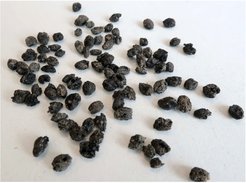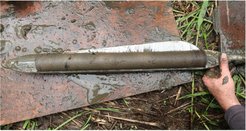Japanscapes
The long Japanese island chain in the north-western Pacific is characterised by diverse environments and climatic conditions. Here the rich natural food and material resources promoted a long sequence of foraging cultures, known as Jomon, which extended from around 14,000 BCE until ca. 3000 BCE in the south (Kyushu Island) and even to the middle of the 19th century CE in the north (Hokkaido region) of the archipelago. Archaeobotanical studies provide evidence that the Jomon not only relied on hunting, fishing, and gathering, but were also involved in the cultivation, management, and domestication of certain plants. However, many of these developments remain poorly understood.


Fundamental cultural changes induced by newcomer populations from the Asian continent occurred during the 1st millennium BCE. While the southern and central parts of Japan started shifting from foraging to farming, ultimately leading to early state formation, the north saw the broadening of foraging economies by the introduction of crops as a supplementary food source.
With its numerous archaeological sites, Japan is an excellent place to employ archaeobotany to study how complex hunter-gatherers made use of various plants and subsistence strategies, and the transition to agricultural intensification and the associated changes in social organisation.
Another aim is to examine human-environment interactions by integrating archaeological, archaeobotanical, and paleoenvironmental data. Little is known about how humans impacted landscapes and vegetation along the spatially diverse cultural trajectories of pre- and early historic times. On the other hand, previous studies suggest that many cultural transitions and changes in subsistence strategies in the region coincide with climate-induced environmental changes. Whether there is a causal relationship between these developments remains to be examined. Therefore, the project seeks to unravel Holocene culture-climate-environment transformations with new bio- and mineralogical proxy records from well-dated, high-resolution sediment sequences from different key locations.

The project is conducted in cooperation with partners from the World Heritage Promotion Office, Hokkaido Government, Sapporo, Japan; the Institute for Space-Earth Environmental Research (ISEE), Nagoya University, Japan; the Center for Obsidian and Lithic Studies, Meiji University, Tokyo, Japan; the Konan Cultural Heritage Center, Kumagaya City Board of Education, Kumagaya, Japan; the Eurasia Department of the German Archaeological Institute, Berlin, Germany; the Institute of Geological Sciences, Freie Universität Berlin, Germany; the University of Alberta, Edmonton, Canada; and the School of Geographical Sciences, University of Nottingham Ningbo China.


